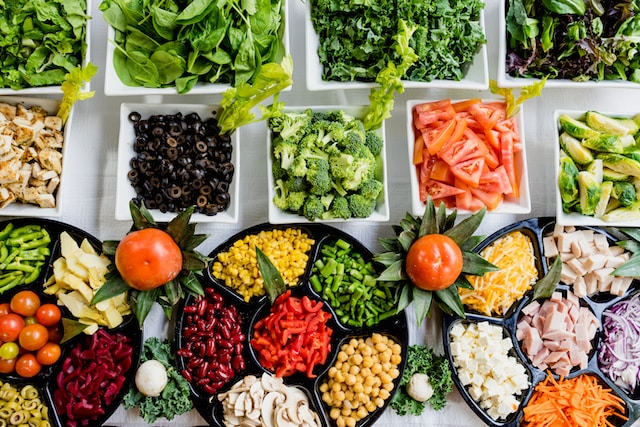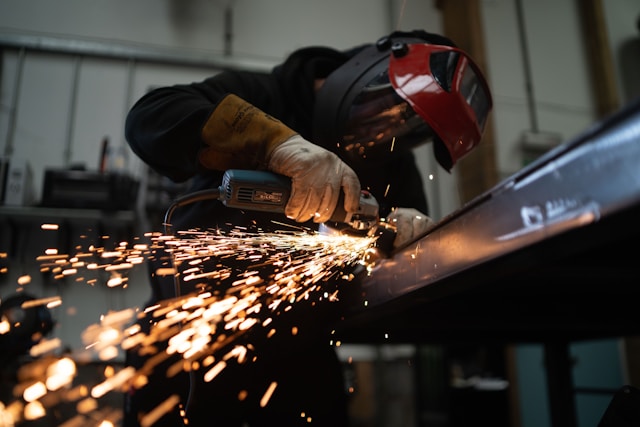A salad bar equipment is a kitchen appliance that you can use to prepare various fresh vegetables. This is especially important when you run a restaurant or catering business because you’ll want to keep your ingredients fresh and ready to serve your customers.
Salad bars are a common feature of many restaurants and other food service establishments, and they’re becoming increasingly popular with customers. However, they must also be carefully designed to maximize their functionality and appeal.
Types
Salad bars offer a variety of foods that participants can pick from, such as fresh and canned fruits, vegetables, proteins, cheeses, grain salads, and dry toppings. They can include bottled or packet dressings, crackers, pickles, and olives.
In addition to food items, salad bar equipment must be attractive and accessible for guests. That means proper container sizes and placement, long enough spoons and tongs for customers to reach their desired foods quickly, and clean utensils stored within or near the bar.
Cold and refrigerated bars use compressors or ice to cool the storage area, allowing for more flexibility in food-holding. However, both options have benefits and drawbacks, so choosing the right one for your operation is essential.
Refrigeration
Refrigeration is a critical part of serving fresh foods to guests. It maintains food at a safe temperature, keeping it fresh until the right customer arrives.
Whether you run a single-location restaurant or an extensive catering business, you need refrigeration capabilities for your salad bar equipment to keep the ingredients fresh and ready to serve. This labor-saving tool lets you offer fresh produce without constantly pulling and throwing away old items.
The refrigeration capabilities of your salad bar equipment can vary depending on the type you choose. Some models are frost tops with piping running underneath food trays suspended several inches above the surface, while others use ice.
Storage
Salad bars must store large quantities of food and ingredients quickly and efficiently. They also need to be positioned in areas where staff can easily access them and replace utensils as required.
To meet these needs, the company provides a wide range of options for both refrigerated and nonrefrigerated salad bars that can be customized to match your operation’s style. They are designed to chill leafy greens, shredded cheeses, croutons, coleslaw, dressings, condiments, and more.
A cold salad bar technology for cold items creates complex channels that keep food at a consistent temperature for better merchandising. It eliminates the need for pan-size adapter bars or divider bins.
The company also offers a tile system that creates operational efficiency and a look that guests will appreciate. These tiles are solid pieces of resin-coated aluminum or stainless steel in various shapes and sizes. They make a thoughtfully curated salad bar design that will delight guests.
Portability
Salad bars are a great way to showcase your menu offerings, especially for catering events. They also allow guests to build their salads, which can encourage social interaction between diners.
According to a director for a food service equipment manufacturer, salad bar design should focus on flexibility. This includes the type of ingredients that will be served, the anticipated volume, and the overall guest experience.
For example, he says some operators eliminate hot wells for hot food and specify an induction warmer instead. That allows them to move the food-holding area as they see fit.
Another consideration is how to access plates and utensils.




